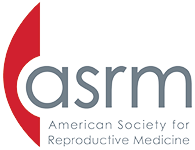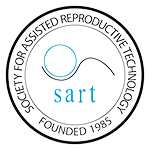Freezing (Cryopreservation or “Cryo”) of living cells has been successfully used in research laboratories for many years, and increasingly, in veterinary and human reproductive medicine. The first birth results after the freezing and thawing of a human embryo occurred in Australia in 1985 and the number of reported deliveries from transfer of previously cryopreserved embryos has increased steadily in the United States.
The purpose of cryopreservation with ART is to optimize the stimulation to obtain a good number and quality of eggs without the obligation to transfer too many embryos at one time, if several good quality embryos develop. Since the majority of risk, inconvenience and expense of ART is associated with the oocyte stimulation and retrieval, it is desirable to gain as much benefit from these steps without increasing the rate of multiple births. In the situation where more normally dividing embryos result than the couple desires to transfer, the couple is given the choice before starting the cycle to cryopreserve any excess embryos for later attempts.
The procedures for cryopreservation improved dramatically with the introduction of “vitrification”. This rapid freezing process appears to improve the survival rate for frozen embryos. This technique, combined with blastocyst transfer (“Day 5 embryo transfer”) has markedly improved the live-birth rate for thawed embryos. In years past, laboratories may have been unknowingly cryopreserving embryos of poor quality with a not unexpected poor prognosis after thawing.
The best available data from the U.S. and abroad suggest that the chance of birth defects in children born following the cryopreservation of embryos is the same as the rate observed in an age-matched group of pregnant women. There is no further evidence of an increased risk of birth defects or obstetrical problems in these pregnancies compared to fresh, non-frozen embryos.





